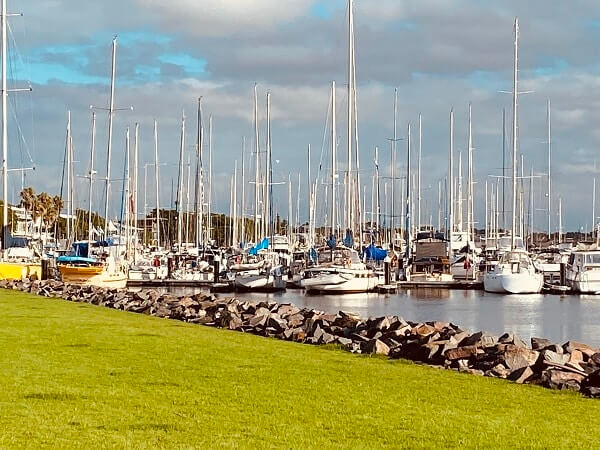My recent visit to the coal city Newcastle for a relaxing weekend escape turned out to be an exciting dip into history when I learned it’s not only Australia’s second oldest city, but also the home of the nation’s oldest port.
I felt immediately connected with the city after knowing that the first Australian export was from this harbour in 1799 and that too to Bengal, my mother state in India, shipping coal.
I picked up these actualities while chatting with a local history enthusiast at Fort Scratchley. The fort was built in 1882 as a coastal defence installation to shield the domain against a possible Russian attack. I gathered that the land, first explored in 1797 by Lieutenant John Shortland, was named Coal River, then Kingstown and finally Newcastle after England’s coal-port of the very same name.
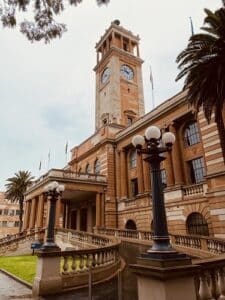 Newcastle started its journey as a penal colony and soon gained a reputation as a ‘hellhole’ – the most dangerous convicts were sent there to dig in the coal mines, the region being very rich in underground reserves of the black diamond. However, this continued until 1822 and after the removal of the last convicts in 1823, the town was freed from the infamous influence of the penal law.
Newcastle started its journey as a penal colony and soon gained a reputation as a ‘hellhole’ – the most dangerous convicts were sent there to dig in the coal mines, the region being very rich in underground reserves of the black diamond. However, this continued until 1822 and after the removal of the last convicts in 1823, the town was freed from the infamous influence of the penal law.
Convict history rises above ground at the Convict Lumber Yard which was once an enclosed arena to store convict-produced coal, timber and lime. The site was the subject of an extensive archaeological dig between 1989 and 1992, resulting in the discovery of hundreds of artefacts dating back to the first days of the Newcastle penal settlement. There are information panels erected around the site, detailing aspects of the harsh convict life.
After ending its penal life, Newcastle began to acquire the aspect of a typical Australian pioneer settlement, and a steady flow of free settlers poured into the hinterland. The abundant availability of coal and port facilities made the town progress industrially which led Aussie giant BHP to build their massive steelworks here in 1935 and operated it for the next 84 years.
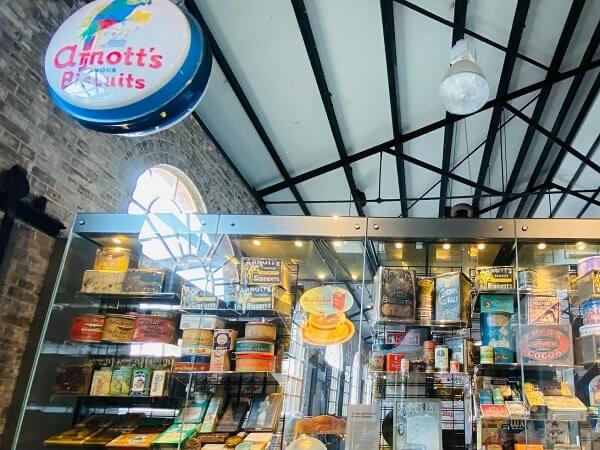 I got to witness some of the excitement, colour, drama and noise associated with the steel-making process when I watched a dramatic audio-visual program at the Newcastle Museum. The Museum is a great place to know the stories of both ordinary and extraordinary Newcastle through its collections, exhibitions, and audience engagement programs. While browsing through the exhibits I saw a big display of memorabilia from Arnott’s and learnt the legendary Australian biscuit manufacturer started their journey from Newcastle in 1865 when Scotsman William Arnott opened his first factory here. It was surely an impressive discovery for me. Equally interesting was to see some old tram cars which I learnt rattled along the streets from 1887 until 1950 as an efficient mode of public transportation.
I got to witness some of the excitement, colour, drama and noise associated with the steel-making process when I watched a dramatic audio-visual program at the Newcastle Museum. The Museum is a great place to know the stories of both ordinary and extraordinary Newcastle through its collections, exhibitions, and audience engagement programs. While browsing through the exhibits I saw a big display of memorabilia from Arnott’s and learnt the legendary Australian biscuit manufacturer started their journey from Newcastle in 1865 when Scotsman William Arnott opened his first factory here. It was surely an impressive discovery for me. Equally interesting was to see some old tram cars which I learnt rattled along the streets from 1887 until 1950 as an efficient mode of public transportation.
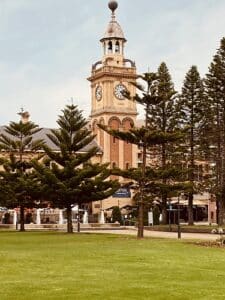 Located only 160km north of Sydney and just over two hours by road or rail, Newcastle is fast emerging as an ideal escape for Sydneysiders and visitors alike to have a short break from the big city life. Its main drawcard is that there is something for everyone, intriguing history being just one from the long list of attractions. Other rewarding things to do and see range from appreciating the beauty of old colonial buildings like the City Hall, Customs House and the Newcastle Cathedral, enjoying art at the Newcastle Art Gallery or performing arts at the 1450-seat Civic Theatre, and exploring the port which is the world’s largest coal shipping harbour.
Located only 160km north of Sydney and just over two hours by road or rail, Newcastle is fast emerging as an ideal escape for Sydneysiders and visitors alike to have a short break from the big city life. Its main drawcard is that there is something for everyone, intriguing history being just one from the long list of attractions. Other rewarding things to do and see range from appreciating the beauty of old colonial buildings like the City Hall, Customs House and the Newcastle Cathedral, enjoying art at the Newcastle Art Gallery or performing arts at the 1450-seat Civic Theatre, and exploring the port which is the world’s largest coal shipping harbour.
Newcastle also offers you the opportunity to get totally immersed in nature.
Its beautiful coastline is a natural playground enhanced by several parklands edging the coastline. Perched on the hillside overlooking the sea, the Victorian-era King Edward Park is worth visiting to enjoy breathtaking views of how impressively the city meets the sea.
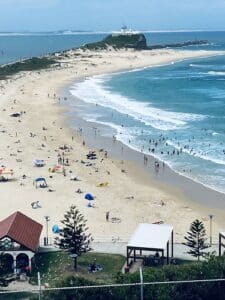 At its heart, Newcastle is a beach town, and as expected, there is an abundance of sandy stretches to choose from. The crowd pullers are Merewether Beach, Newcastle Beach and Nobby’s Beach. All the beaches are good for surfing, swimming and variety of water sports. Adjacent to some of the beaches are the famous Ocean Baths which are natural swimming pools where anyone can have a dip in the ocean waters.
At its heart, Newcastle is a beach town, and as expected, there is an abundance of sandy stretches to choose from. The crowd pullers are Merewether Beach, Newcastle Beach and Nobby’s Beach. All the beaches are good for surfing, swimming and variety of water sports. Adjacent to some of the beaches are the famous Ocean Baths which are natural swimming pools where anyone can have a dip in the ocean waters.
Many visit Newcastle also for its food and wine scene. They are never disappointed as the city is home to many quality restaurants and bars, some popular ones located on Darby Street and Honeysuckle and Harbour precincts. Their presence makes the nation’s second-oldest city into a must-try destination for connoisseurs of gourmet food and rare quality wines, Hunter Valley – the nation’s well known wine belt – tucked not too far from the city.
TRAVEL NOTEBOOK
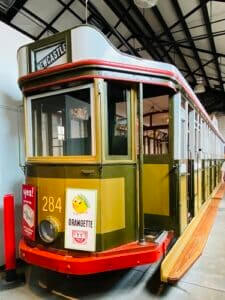 Getting There: Easy to go by road along the Pacific Highway. Alternatively, there are regular trains from Sydney’s Central station to Newcastle Interchange. Buses and light rail are available for getting around locally.
Getting There: Easy to go by road along the Pacific Highway. Alternatively, there are regular trains from Sydney’s Central station to Newcastle Interchange. Buses and light rail are available for getting around locally.
Accommodation: Dotted on the iconic Honeysuckle promenade, the 180-room Rydges Newcastle (www.rydges.com) is the ideal destination to take this lively city head on.
Dining: No shortage of multi-cuisine restaurants in the city, the elegant Wharf 350 at the Rydges Newcastle is an excellent choice to try modern Australian cuisine. If Indian food is in mind, the Punjab Pavilion Indian Restaurant on Hunter Street in the heart of the city is a good choice. Their Dal Makhni and Mughlai Chicken are very popular.
More Info: Visit Here
Read More: Five small gems



